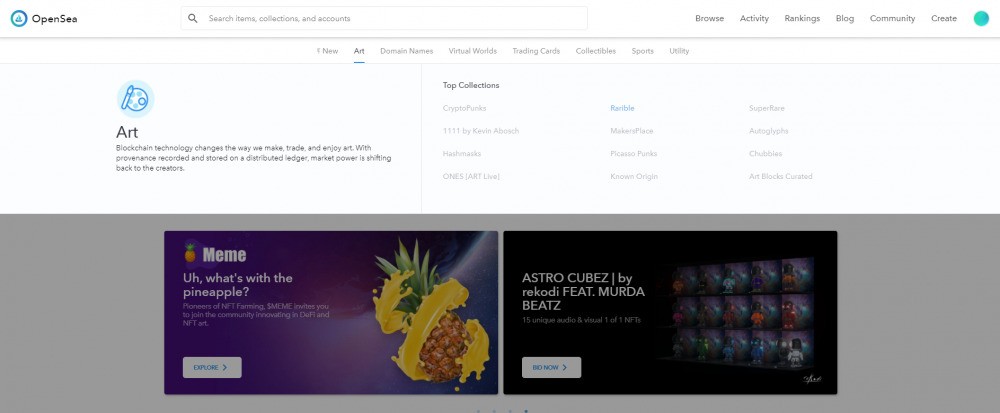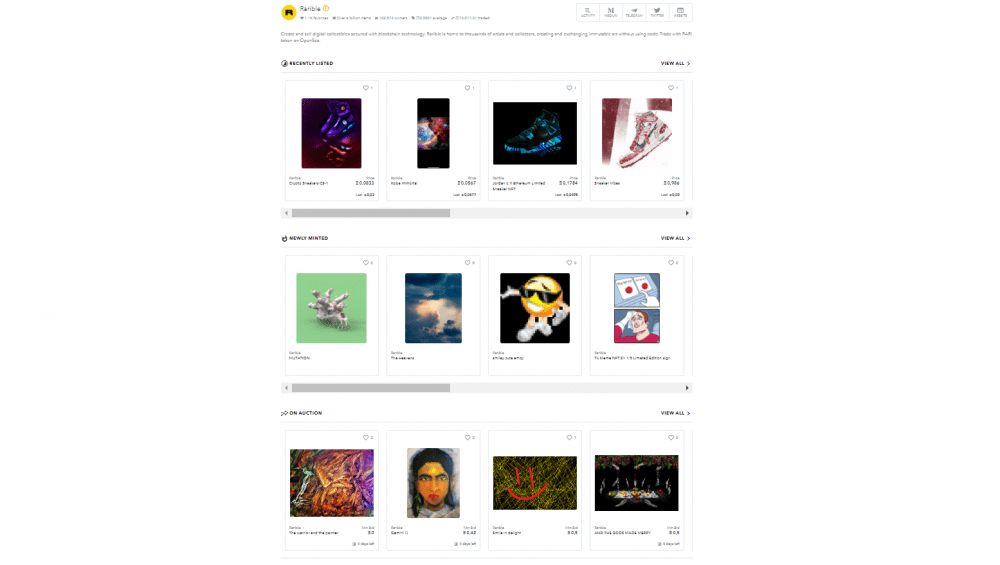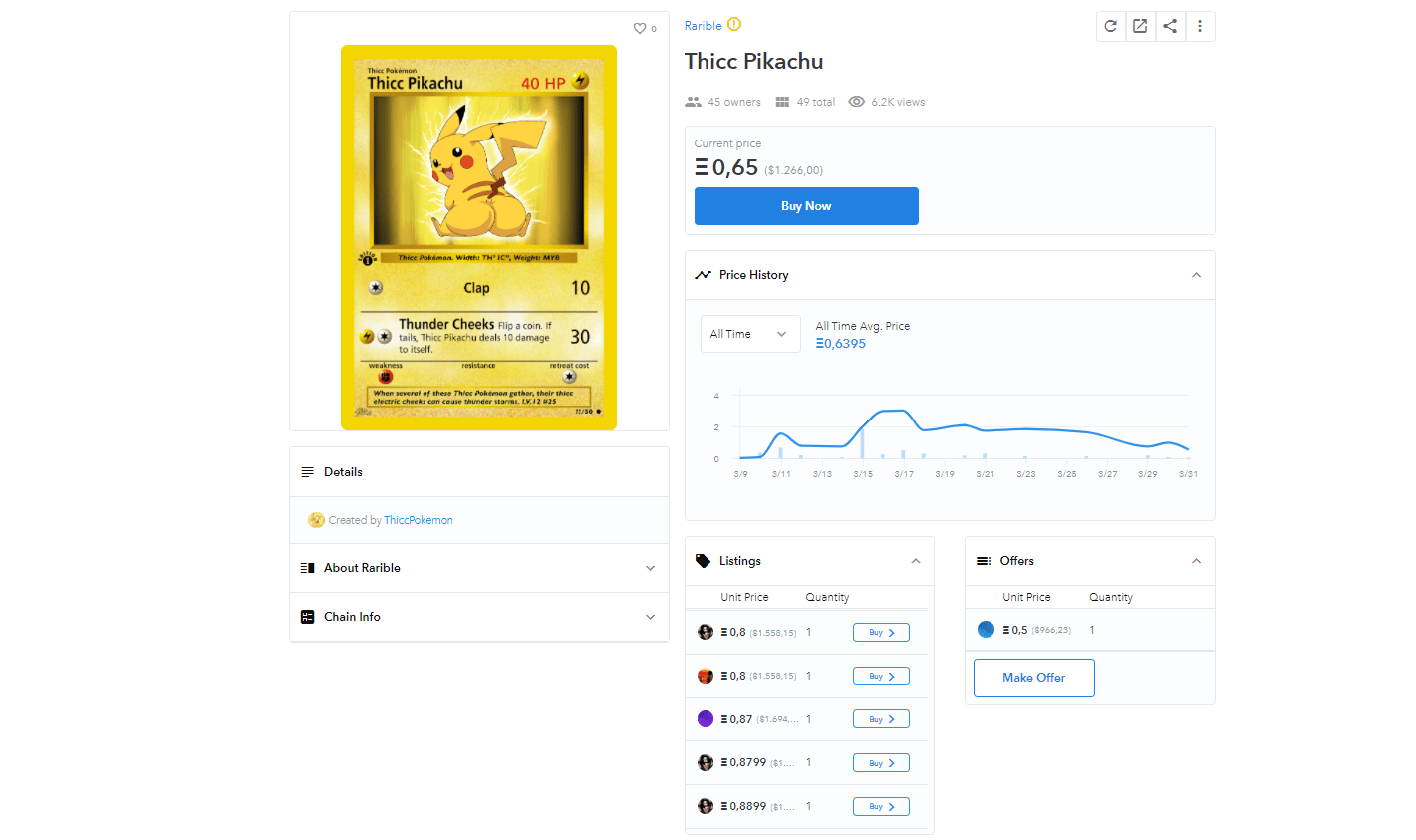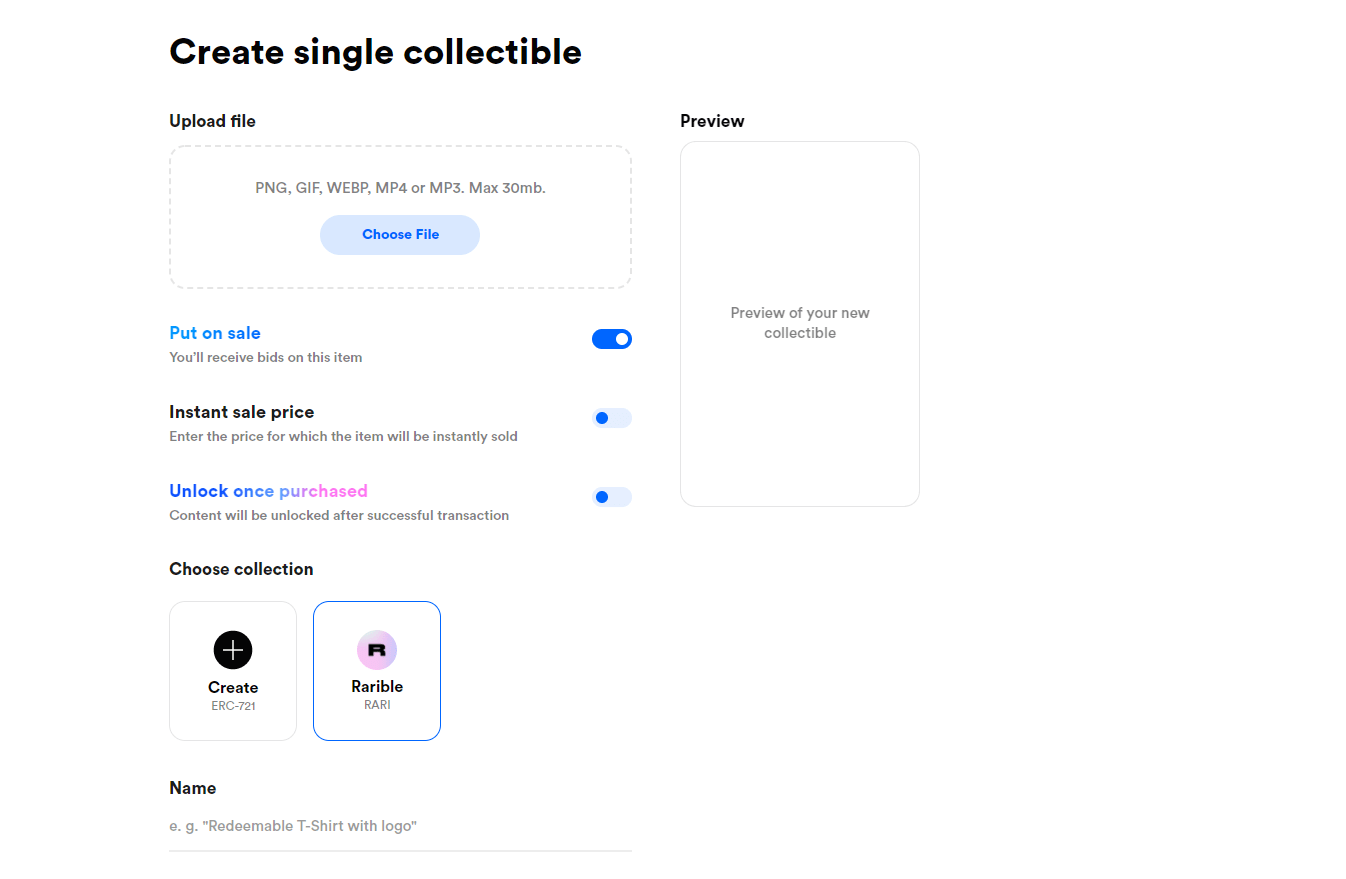Digital art, whose authenticity is typically imprinted on a non-fungible token (NFT), has been one of the latest crazes in the crypto-economy. Here’s how you can get involved.
Choose a Marketplace
Many NFT projects such as Rarible have their own marketplace, but if you want to get an overview of the whole NFT sector, you can use the largest NFT marketplace OpenSea.io, which enables NFT trading for all of the leading projects. Besides digital artwork, you can find other types of NFT tokens on OpenSea, such as sports collectibles, in-game items, trading cards, domain names, and virtual land.
For the sake of this guide, let’s browse the artwork NFTs created on Rarible.

On the project’s front page, you can already see a selection of NFTs that were recently minted, listed for sale, or whose auction is running out.

When you click the View All button, you can sort the list of NFTs on sale for various criteria.

When you click one of the NFTs, you can see its details like specific characteristics, the NFT creator, and the NFTs trading history.

On this page, you can buy the NFT for the listed price, or make an offer for a lower price. As usual, you need to connect your wallet to OpenSea. Besides MetaMask, OpenSea supports various wallets including Fortmatic, WalletConnect, Dapper, and Torus.
Create and List an NFT
Rarible provides you with a simple interface for minting your own NFTs. Here you can upload an image file, as well as choose a name and description for your digital artwork.

You can also instantly list the NFT for sale on the Rarible marketplace and set a royalty that is automatically deducted from any further sale price and sent to you. Once you click the Create Item button on the bottom of the page and confirm the transaction, the NFT will be sent to your wallet and listed for sale if you have checked this option.
You can also manually list the item on OpenSea. In order for this, you need to move your mouse cursor to the top-right menu on the OpenSea web page and choose My Profile.

Your profile page shows all NFTs in your wallet.

When you select one of the NFTs for sale, you have various options. You can set a fixed price, create an auction to sell to the highest bidder, or create a dutch auction. In the latter option, the price will gradually drop until someone buys the NFT, or the auction expires. In order to create a dutch auction, you simply specify an ending price, which the NFT will have at expiration. The marketplace will then automatically lower the price over time.
Beware of high Gas Fees
Like any transaction, interacting with NFTs on Ethereum requires gas. Listing an NFT for sale on OpenSea is free, since the marketplace requests spending permissions from your wallet, thus requiring only the buyer to pay the transaction fees, but delisting requires you, once again, to pay the gas fees. For this reason, you should always set an expiration date when listing an NFT on OpenSea, allowing the listing to automatically be canceled if no buyer is found.
At the time of writing, the gas price is 210 GWei, which transfers to a transaction fee of $64 for buying an NFT on OpenSea and $80 for minting an NFT on Rarible. Unfortunately, there is no viable alternative yet. Some NFT marketplaces have already taken to other blockchains like BakerySwap on the Binance Smart Chain, but their size and trading volume are in no way comparable to OpenSea.
The layer 2 network Polygon might become a game-changer on the NFT market in the near future. Recently, several NFT projects have announced that they will be building on Polygon’s technology, but for the time being, Ethereum’s layer 1 will remain the home of most NFTs.
















